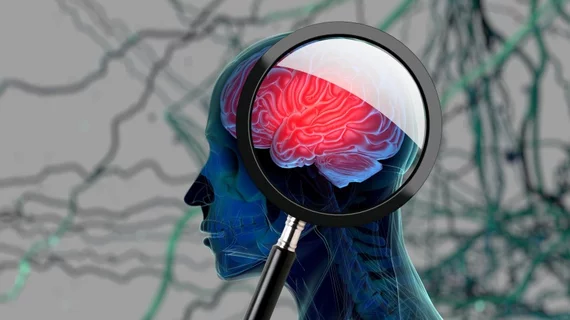New imaging technique magnifies brain pulsing with heartbeat, may identify concussions early
A new imaging technique may assist researchers in understanding how the brain moves at rest and upon impact in real time, according to a news release published May 29 from the Stevens Institute of Technology in Hoboken, New Jersey.
The new technique was originally developed by Samantha Holdsworth and Mahdi Salmani Rahimi at Stanford. There, Holdsworth and her team developed the foundations for a technique called amplified MRI (aMRI), reported in the May 29 online issue of Magnetic Resonance in Medicine.
Over the past two years, Terem fine-tuned the technique, called phase-based aMRI, to show that it can be used for diagnostic benefit.
"Our new exciting method enables us to glance at the very subtle motion of brain tissue induced by blood pulsation and CSF flow" said lead author Itamar Terem, Stanford University research assistant, in a prepared statement. "We are amplifying sub-voxel motion - motion that is smaller than the image resolution."
Holdsworth and Terem found phase-based aMRI produced fewer errors and gave better visibility than the original aMRI method, particularly areas of the brain that move most, according to the press release, as the phase-based aMRI code works by manipulating a series of mathematical operations used in image processing known as steerable-pyramid wavelet transformation, amplifying motion without the accompanying noise.
"Better visualization and understanding of the biomechanical properties of the brain could lead to earlier detection and monitoring of brain disorders," said Mehmet Kurt from the Stevens Institute of Technology and a collaborator on the project. “It could also help with prevention, as it could lead to the design of better helmets for sports and recreation.”

